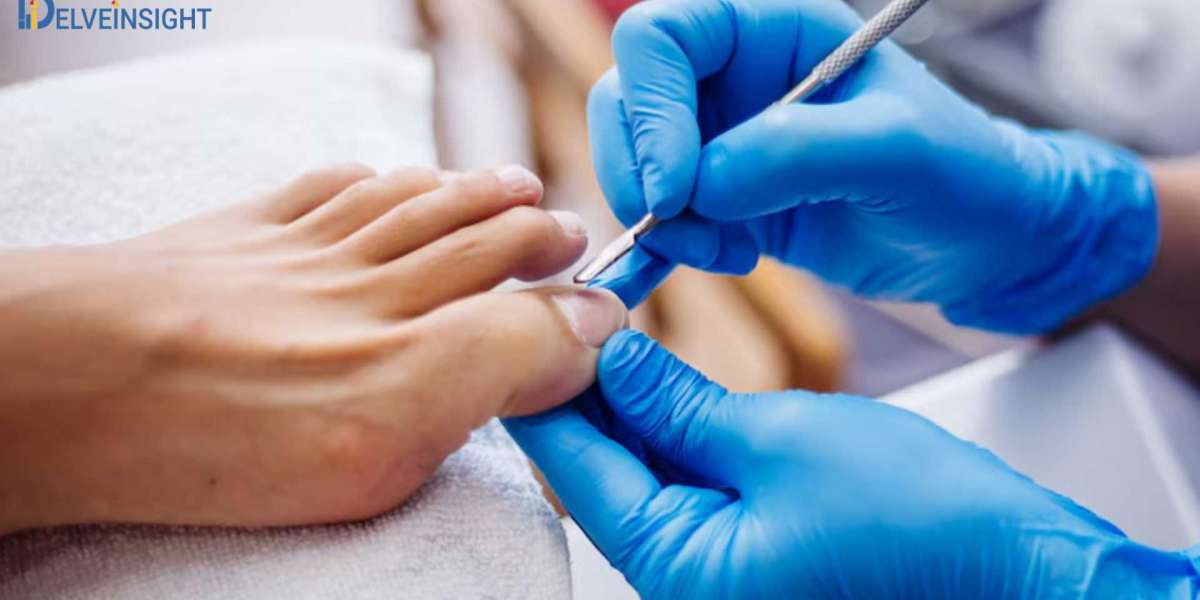Breast Biopsy: A Crucial Step in Detecting Breast Abnormalities
Introduction
A breast biopsy is a vital diagnostic procedure used to determine whether a suspicious area in the breast is benign or cancerous. When a mammogram, ultrasound, or physical exam reveals a lump or abnormal tissue, a biopsy provides clarity by extracting a small sample for laboratory analysis. It plays a pivotal role in early breast cancer detection, treatment planning, and peace of mind.
What Is a Breast Biopsy?
A breast biopsy involves removing a sample of breast tissue for examination under a microscope. The procedure is recommended when:
A lump is felt during a physical exam
An abnormality appears on imaging (mammogram, MRI, or ultrasound)
There is nipple discharge or skin changes
Follow-up is needed after inconclusive screening results
Types of Breast Biopsies
Several techniques are used, depending on the size, location, and characteristics of the suspicious area:
1. Fine Needle Aspiration (FNA) Biopsy
Uses a thin needle to withdraw fluid or cells
Typically used for cystic or superficial lumps
Quick and minimally invasive, but may not provide enough tissue for a complete diagnosis
2. Core Needle Biopsy (CNB)
Utilizes a larger, hollow needle to remove tissue samples
Performed with imaging guidance (ultrasound, mammogram, or MRI)
Commonly used for suspicious masses
3. Stereotactic Biopsy
Guided by mammography to target abnormalities not visible on ultrasound
Ideal for sampling calcifications or small lesions
4. Vacuum-Assisted Biopsy
Uses suction to collect larger tissue samples
Reduces the need for surgical biopsy
Performed under local anesthesia with imaging support
5. Surgical (Excisional) Biopsy
Removes the entire lump or abnormal area
Done in an operating room under anesthesia
Recommended if needle biopsy is inconclusive








